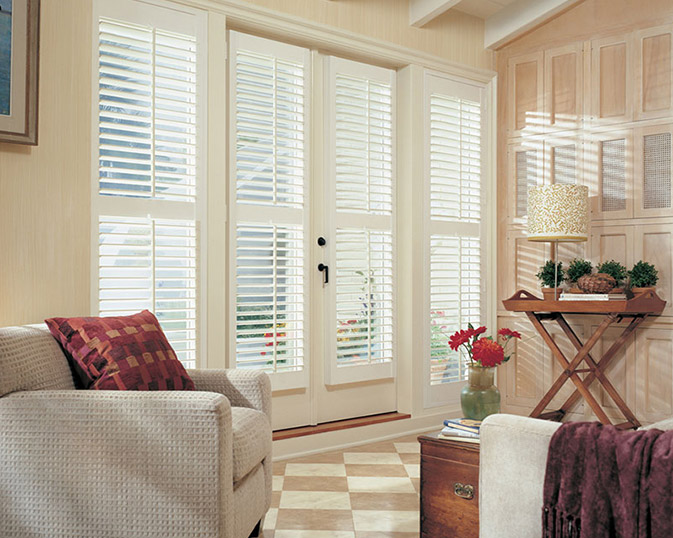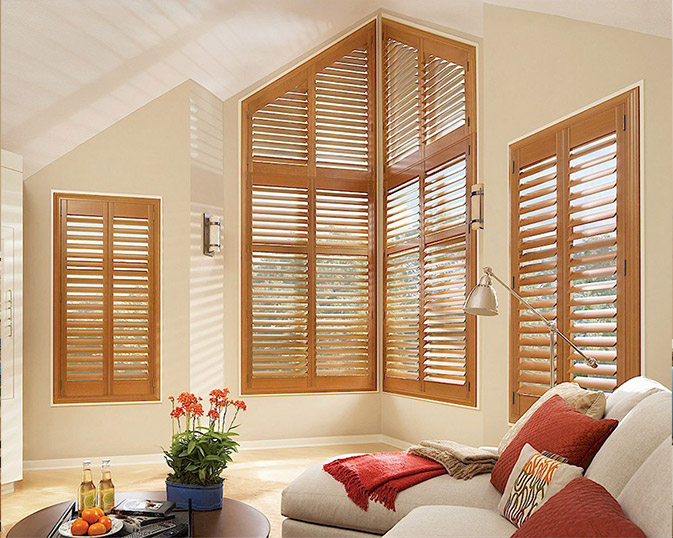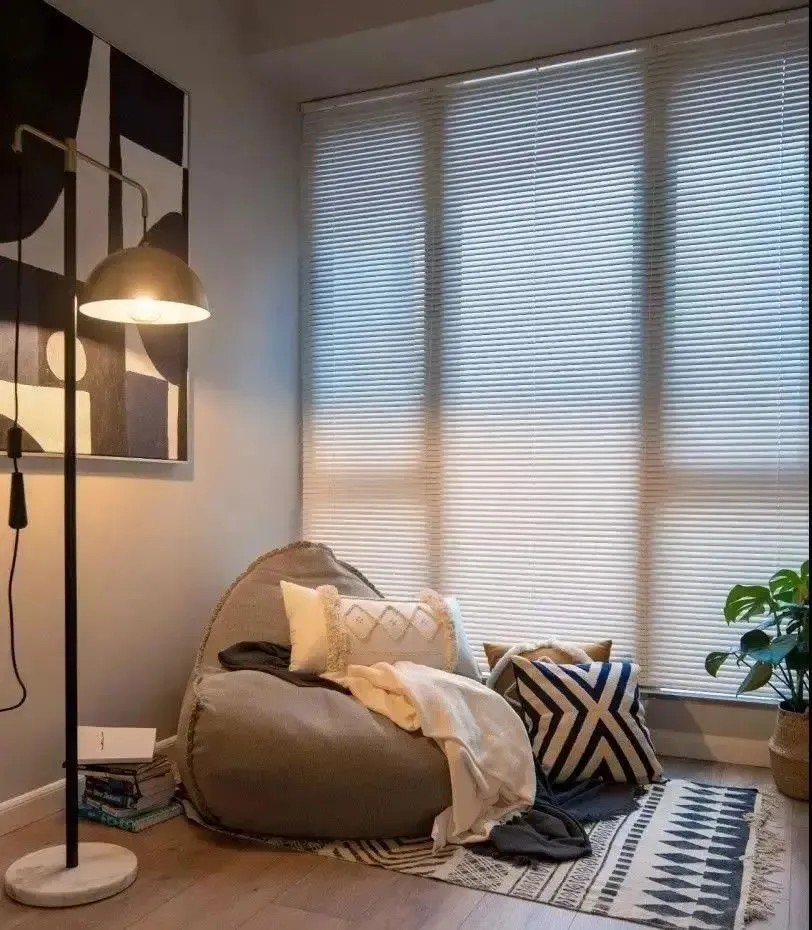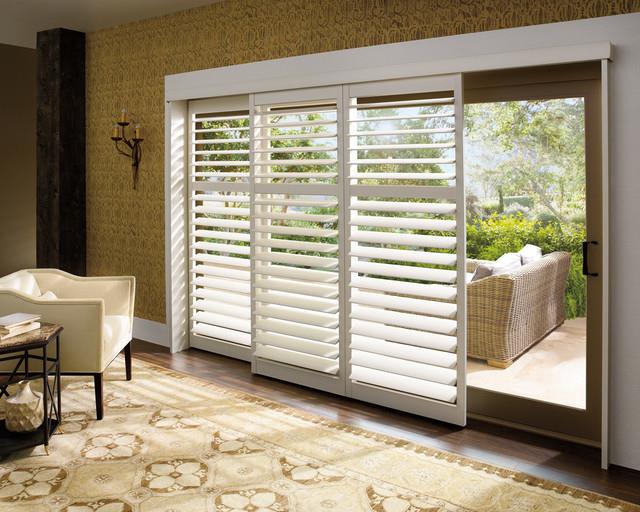Despite their similarities to blinds in terms of design aesthetics and decorative impact, breathable windows differ significantly due to their inability to fold or lower like traditional blinds. Despite this limitation, many consumers still opt for these windows because of their unique benefits and practical features. Below, we explore the advantages of breathable windows and offer insights into how to choose them wisely.

1. The Advantages Offered by Breathable Windows
The breathability of these windows is commendable, allowing users to adjust the angle and position according to varying weather situations to ensure proper ventilation and optimal lighting. They also contribute to energy efficiency through sound insulation and UV protection properties, which prolong their lifespan and durability compared to blinds. Although they are heavier, less flexible, and have certain size restrictions, breathable windows are available in three tiers – high-end, mid-range, and standard. High-end models offer superior practicality with multifunctional features such as dust, rain, and noise resistance, often priced between 5000 to 10000 yuan. Mid-range options present diverse styles at around 1500 to 4500 yuan, while standard breathable windows are more budget-friendly, costing approximately 200 to 700 yuan.
2. Key Considerations When Choosing Breathable Windows
a) Assess the tightness of the gap between the profile and its structural components, as well as the smoothness during sliding operations. Inferior quality breathable windows may create noise and exhibit insufficient smooth movement.
b) Check that the fixed rivets are made from solid pressure steel material. The use of ordinary rivets can lead to shorter lifespans and increased likelihood of detachment.
c) Verify the 3C safety certification of the glass used in the breathable window, reflecting on the manufacturer’s professionalism and the comprehensiveness of their after-sales service. It's beneficial to review past installation projects, especially engineering case studies, along with user evaluations and experiences, to better identify high-quality breathable windows.




